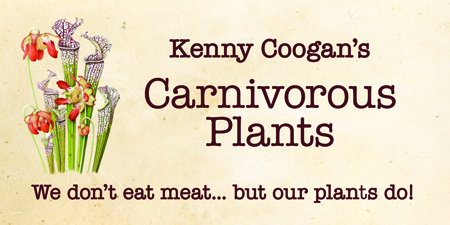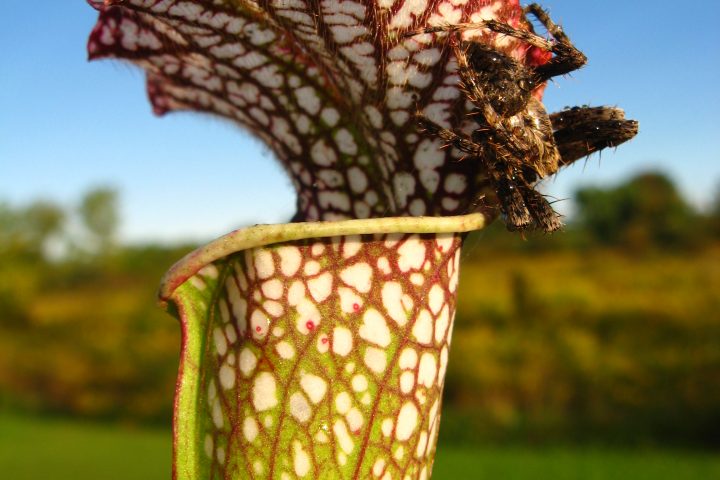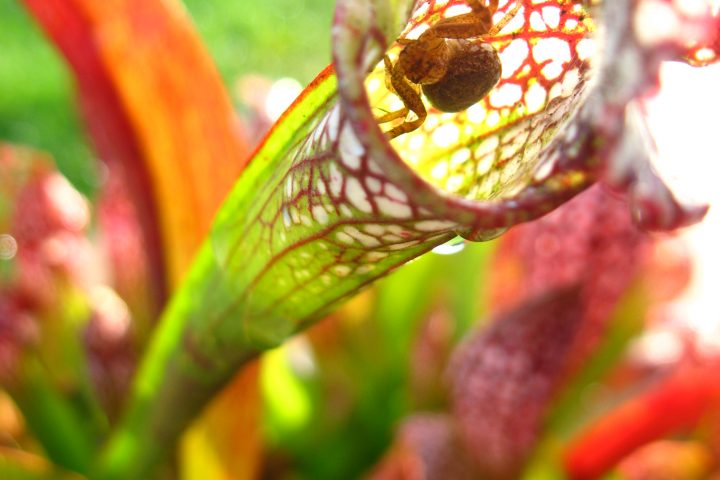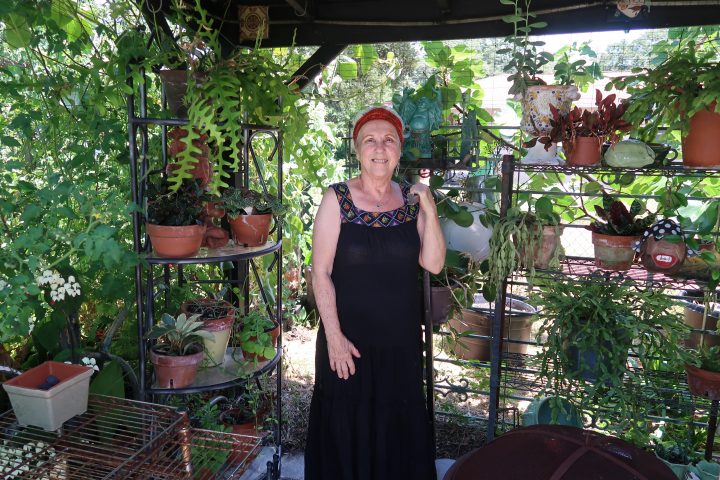White picket fences, green grass, a dog in the backyard and 2.4 children per household was once the American dream. Now we know that the picket fence is an English ideal and if you have a dog frolicking in the backyard your grass probably isn’t going to be green and lush. If you care for a furry friend or two, your landscape doesn’t have to go to the dogs. Here are some conscientious tips to keep your yard and canine companion happy.
Planning a Garden
A reliable first step toward planning a dog-friendly yard is to understand your dog’s needs. Sketch your backyard, making notes on where your dog digs, paces, lounges and eliminates. Once you know your dog’s backyard habits, you can start planning and planting.
I was once asked by a Master Gardener if I planned a garden or planted one. I, mistakenly, said that I planted gardens. For a dog-friendly yard, finding the right place and the right plants, along with hardscapes is critical. For dog-friendly yards you will want to plan before planting. This will help avoid adding toxic specimens to your yard and fragile plants that can be easily trampled. In addition to recording your dog’s behavior, sun and shaded locations should also be noted, as Southern summers can be hard on many breeds of dogs.
I enjoy informal yards that have winding pathways that lead you along bursting foliage. This format creates the illusion of a larger yard and provides shade while walking. Dogs enjoy being alongside their human family. Create seating areas, at the end of twisting paths, with shady canine resting areas that have drinking water accessible. A cement or decomposed granite seating area with sturdy ornamental grasses surrounding the sitting area would be a welcomed focal point for humans and their canine companions.
Choose plants and groundcovers that can tolerate high levels of nitrogen, which is found in the waste of dogs. When dogs digest protein, the byproduct is excess nitrogen, which overfertilizes the plants causing them to burn. Rose of Sharon (Hibiscus syriacus), Weigela, Viburnum, Spirea, and Shrub Roses are good choices due to their tolerance of high nitrogen. Many flowering woody shrubs have high nitrogen requirements and would also do fine.
Placing large ornamental pieces of drift wood or other biodegradable objects for the dogs to mark will centralize their bathroom habits.
Patrol Paths
Dogs can become fixated on patrolling their garden perimeter. If your dog already has a worn-down patrol line, consider sacrificing the area and make it proper. Cover the path with sturdy dog-friendly substrate like smooth decorative stone materials like river rock or pebbles, permeable or concrete pavers, sand or bark mulch. If you have a very active dog do not choose stone or gravel. For dogs who enjoy to chew, do not choose mulch. A three-foot-wide path is suitable for most breeds. Plant a screen to hide the run and they will have fun in their own secret garden.
Creating a lookout platform, out of a large flat boulder or wooden structure would also be appreciated. Surround the structure will medium to tall ornamental grasses and they will think they are the king of the jungle.
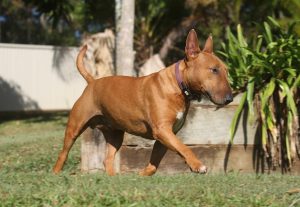
Dig it!
To some, dogs digging in the yard may be the most detrimental behavior a dog could do. When changing a pet’s behavior, we must ask ourselves what behavior do we want to see, rather than what behavior do we want to stop. If we were to tell a dog to stop digging, they wouldn’t know what behavior we want them to do. By cueing them to do another behavior, we are setting our animals up for success. Having them trained to dig in a small 4’ x 4’ x 12” square sandbox could be the solution. Your dog will enjoy digging in wet sand and then laying down in the hole to stay cool.
If you have existing holes along your fence line and are most concerned about your guests’ perception, consider fast-growing vines to draw their eyes upward. Carolina jasmine (Gelsemium sempervirens), is a great snowbird vine, with its unique sweet scent and yellow blooms in the winter and spring. Honeysuckle (Lonicera spp.) or Trumpet vine (Campsis radicans) being trained up trellises or buildings near the digging area would look great.
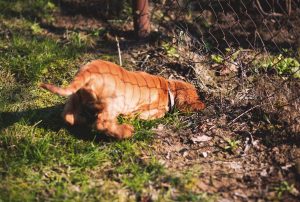
Dog Dangers!
Two types of mulch that can be harmful to your dog include cocoa and coconut husks. If the coconut husk are ingested they may swell in the digestive tract and cause blockages. They are favored in landscaping because of their ability to soak up and retain many times their weight in water.
Water features that provide drinkable water should have a feature that keeps the water from becoming stagnant unless you can give it frequent water changes.
The Human Society has an exhaustive list of safe plants for both dogs and cats. Know the signs and symptoms of poisoning such as confusion, heightened excitability, digestive upset, increased salivation, diarrhea, vomiting and lack of appetite.
With planning, design and then planting you can have a safe and attractive garden for all members of your family.
To learn more about homesteading and dogs check out my newest book: 99½ Homesteading Poems
